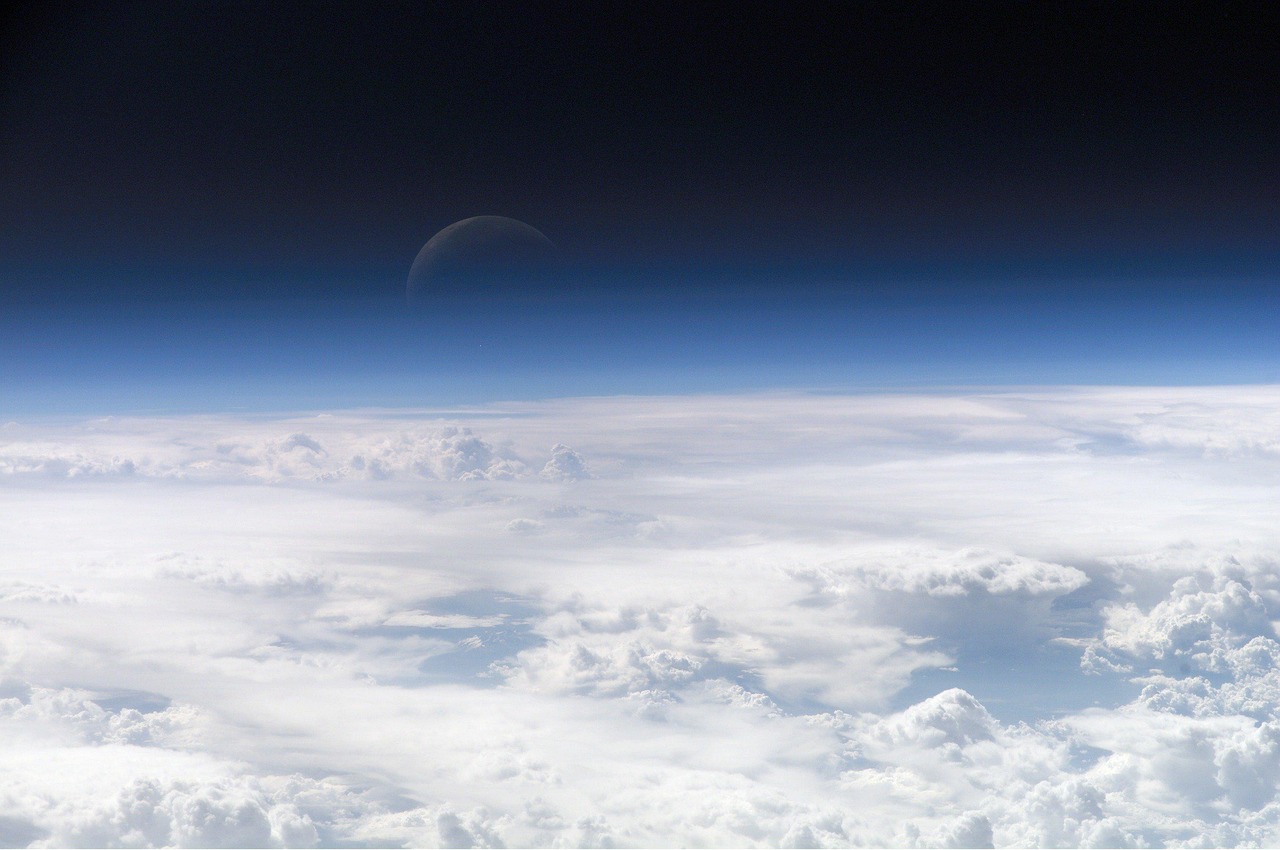Media release
From:
Tiny, solar-powered floating devices that could support instruments in the high atmosphere are described in research published in Nature. The devices could be used for climate monitoring and Mars exploration, without the need for conventional fuel to maintain their altitude.
Photophoresis — a motion-generating force caused when particles suspended in a gas (or liquid) are heated by light — has been known for over a century but has only recently been explored for its practical use. In the upper layers of the Earth’s atmosphere, where the air is very thin, photophoretic forces can be strong enough to keep small objects aloft. However, until now, most experiments have focused on very small and very light materials, and scaling up to larger, functional devices that have more practical uses has been challenging.
Benjamin Schafer and colleagues designed and built a new type of flying structure made from two thin, perforated membranes connected by tiny vertical supports. Using a combination of computer modelling and laboratory experiments to optimize the photophoretic forces, they created a 1-cm-wide disk capable of levitating under light levels similar to sunlight at high altitudes. They also proposed a 3-cm-wide version that the computer models suggest could carry a 10-mg payload (enough to support a small communications system containing a radio frequency antenna, a solar cell and integrated circuits) at an altitude of 75 km during the daytime.
The findings highlight the potential of photophoretic flight as a tool to help monitor the Earth’s atmosphere and even explore other planets. With current Martian transport costs exceeding US $100,000 per kilogram, photophoretic devices could one day perform sensing and communications operations with substantially reduced size, weight and power compared to dedicated Martian satellites, the authors suggest. Future designs could include navigation systems, increased payload capacity and operational duration, and missions of a larger scale.



 International
International


